
Nature's Calendar
Help monitor the effects of climate change on wildlife near you. Your records contribute to a growing body of evidence on global warming.
Add your wildlife recordings
Digital Content Manager
Winter isn’t the only time that birds migrate to the UK. As these winter visitors leave our shores, they switch places with summer migrants that arrive in spring to rear their young. So, which birds migrate to the UK during spring? Who can you spot this summer?
It’s thought that around 4,000 different species of birds are regular migrants. Many land here in the UK, leaving places like Africa where there are more predators, more birds competing for nest sites, and often, fewer insects. If our warm, wet summers are good for one thing, it’s the eruption of insects!
Here are 12 migrants to look out for.
The house martin is a beautiful blue-black bird with a subtly forked tail. It has a white belly and a white throat, unlike the similar-looking swallow that has a shimmering red throat. It flies to the UK from Africa, where it returns in October, ready to spend winter gorging on insects.
Flies in from: Africa
Arrives: April – May
Leaves: October
Where to see them: the eaves of buildings or even on cliffs across the UK, where they build their nests out of mud gathered from nearby streams.
Sand martins look very similar to house martins, but instead of blue-black feathers, they are brown in colour. They also lack the white patch that house martins have above their tail.
Sand martins are mostly seen catching insects over the water, twisting and turning like fighter pilots. They nest in colonies that can contain more than 100 pairs!
Flies in from: Africa
Arrives: March - May
Leaves: October
Where to see them: across the UK, apart from the north of Scotland. Keep your eyes peeled for nests excavated in the sandy or muddy banks of lakes and rivers.
If you see a swallow arriving, there is no mistaking its long forked tail, red throat, white belly and blue-tinged feathers. Swallows travel through France, the Pyrenees, Spain, Morocco and the Sahara on their way to the UK: a truly epic migration covering 200 miles a day!
Flies in from: South Africa
Arrives: April – May
Leaves: August – October
Where to see them: sitting on telephone wires or chasing insects across fields and water.
The swift’s long sickle-shaped wings differentiate it from swallows and martins. It is also completely black, save for a patch of white on its chin. Swifts are unbelievable fliers and, except for sitting on the nest, spend almost their entire life on the wing – they sleep and mate in flight!
Flies in from: Africa
Arrives: April – May
Leaves: July – September
Where to see them: high in the sky, filling the air with their distinctive ‘screaming’ calls.
This lovely warbler was once a summer visitor, but can now be seen in the UK all year-round as birds from Germany and north-east Europe spend the winter here.
Blackcaps spend the summer months feeding on insects, and nest in hedges or brambles that act as a painful barrier against many predators. Male blackcaps are a soft, smoky-grey colour with a jet black cap, while females have a chestnut cap.
Flies in from: Mediterranean and Germany
Arrives: March – May
Leaves: October
Where to see them: woodland, heathland and farmland. Overwintering blackcaps are increasingly visiting gardens to take advantage of the rich pickings in bird feeders.
Whitethroats are often overlooked as a ‘little brown job’, but are a gorgeous chestnut colour with a bright white throat and a white ring around their beady hazel eyes. Unlike many birds, the male exclusively builds the nest, using twigs and roots to craft a number of potential homes. The female whitethroat then chooses the nest she likes the most.
Flies in from: Africa and South Africa
Arrives: April – May
Leaves: October
Where to see them: a wide range of habitats, though whitethroats tend to avoid urban and mountainous areas.
The cuckoo is a fascinating bird. It is a brood parasite meaning they lay their single egg in the nest of another bird, most commonly the reed warbler. When the young bird hatches, it pushes out the other eggs, leaving the unfortunate mother bird to try and satisfy the insatiable appetite of just one huge chick!
Unfortunately cuckoos have suffered worrying declines in recent years and are now a Red List species in the UK.
Flies in from: Africa
Arrives: April – May
Leaves: July – August
Where to see them:some of the best places to see cuckoos are in southern England, including Wiltshire, Sussex and Norfolk.
The nightingale is a stark reminder of the state of birds in the UK – numbers have declined by around 91% in 40 years.
Its iconic, sweet song rings out throughout the day and night: a fast succession of rich high and low notes. You are more likely to hear this than actually see the bird, which loves hiding in thick bushes as it tantalises passers-by with its melody.
Flies in from: Sub-Saharan Africa
Arrives: April – May
Leaves: July – September
Where to see them: South East England, including Essex, Suffolk, Norfolk, Kent and Sussex.
Fast and agile, spotted flycatchers are one of the most enjoyable birds to watch as they dash into the air to catch passing moths, butterflies, damselflies and craneflies. Spotted flycatchers have developed a number of adaptations to help them catch their flighty prey, including bristle-like feathers on the sides of their bill that help to grip insects. If they catch something with a sting in its tail they will rub the sting end on their perch to remove it.
Flies in from: Africa
Arrives: April – June
Leaves: August – September
Where to see them: woodland with open glades.
Much like the nightingale, the turtle dove is a poster-bird for declining species. On the Red List, its UK range is mostly limited to the south and east of England.
The turtle dove is dainty – smaller than a collared dove – and can easily be differentiated from pigeons because of its tortoiseshell wing-feathers. The bird's name has nothing to do with this pretty colouring – it actually comes from its ‘turrr turrr turr’ call and resulting Latin name.
Flies in from: Sub-Saharan Africa
Arrives: April – June
Leaves: July – September
Where to see them: woodland edges, hedgerows, and open land with scattered bushes in southern and eastern England.
It might be the same size as a robin, but where dashing good looks are concerned, the wheatear packs more punch. The male’s blue-grey feathers contrast beautifully with black wings, a peachy chest and a white belly, while a black bandit mask is bordered by two white stripes. The female is much more robin-like; mostly brown with a pale orange breast and a black T-shape at the bottom of a bright white tail.
Flies in from: Central Africa
Arrives: March – May
Leaves: October
Where to see them: western and northern Britain, in habitats ranging from farmland and upland to grassland and heathland.
It’s hard to believe that such small birds fly to the UK all the way from Africa, travelling more than 5,000 miles across seas, mountains and deserts.
The willow warbler is often confused with another harbinger of spring, the chiffchaff. The best way to tell them apart is to look at their legs. Willow warblers have pale legs, while chiffchaffs have black legs.
Flies in from: Southern Africa
Arrives: April – May
Leaves: September – October
Where to see them: woodland is prime willow warbler habitat, so listen out for their melodic, rippling song during your walks.
The Nature’s Calendar project tracks the effects of weather and climate change on wildlife across the UK – its records date all the way back to 1736! Migratory birds are among 69 wildlife species recorded for the project.
Join Nature’s Calendar to record your sightings - every record is crucial and valid. The data recorded helps us to better understand the effects of climate change and other patterns in the natural environment. By taking just a few minutes to share what you see, you'll be adding to hundreds of years' worth of important data. We couldn't do this work without you!

Help monitor the effects of climate change on wildlife near you. Your records contribute to a growing body of evidence on global warming.
Add your wildlife recordings
Blog
Alex Marshall • 03 Feb 2025
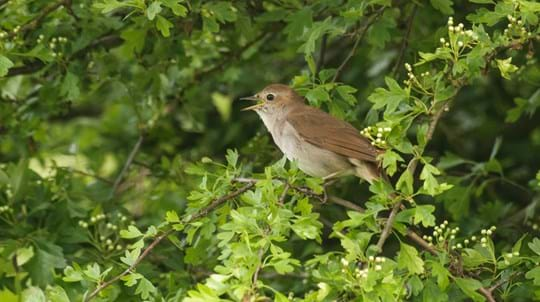
Blog
Amy Lewis • 01 Apr 2022
Blog
Charlotte Varela • 10 Apr 2019
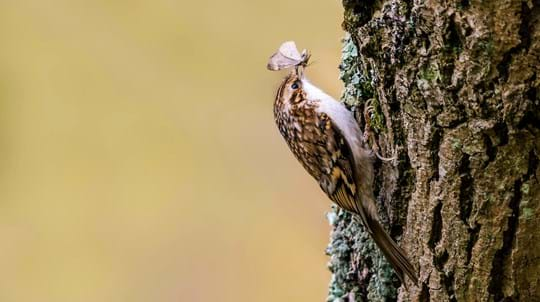
Blog
Hannah Vickers • 08 Apr 2019
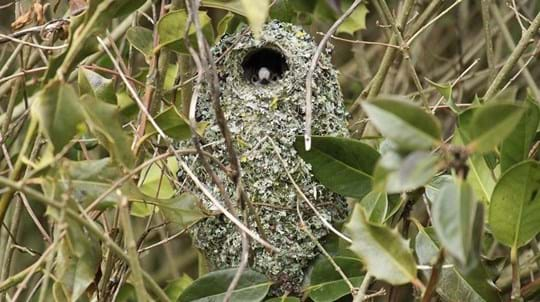
Blog
Hannah Vickers • 17 Jan 2019

Blog
Kayleigh Jacobs-Rutter • 13 Feb 2024
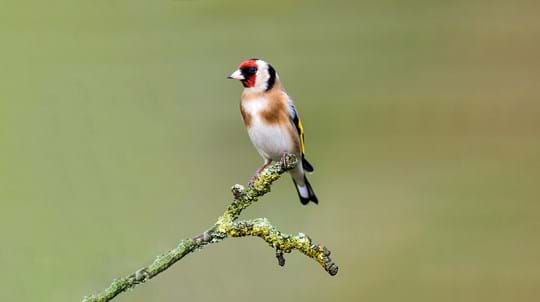
Blog
Amy Lewis • 28 Feb 2019
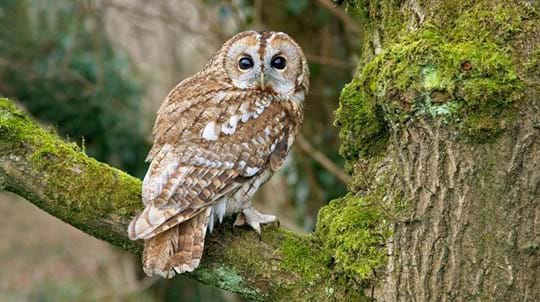
Blog
Charlotte Varela • 21 Dec 2023